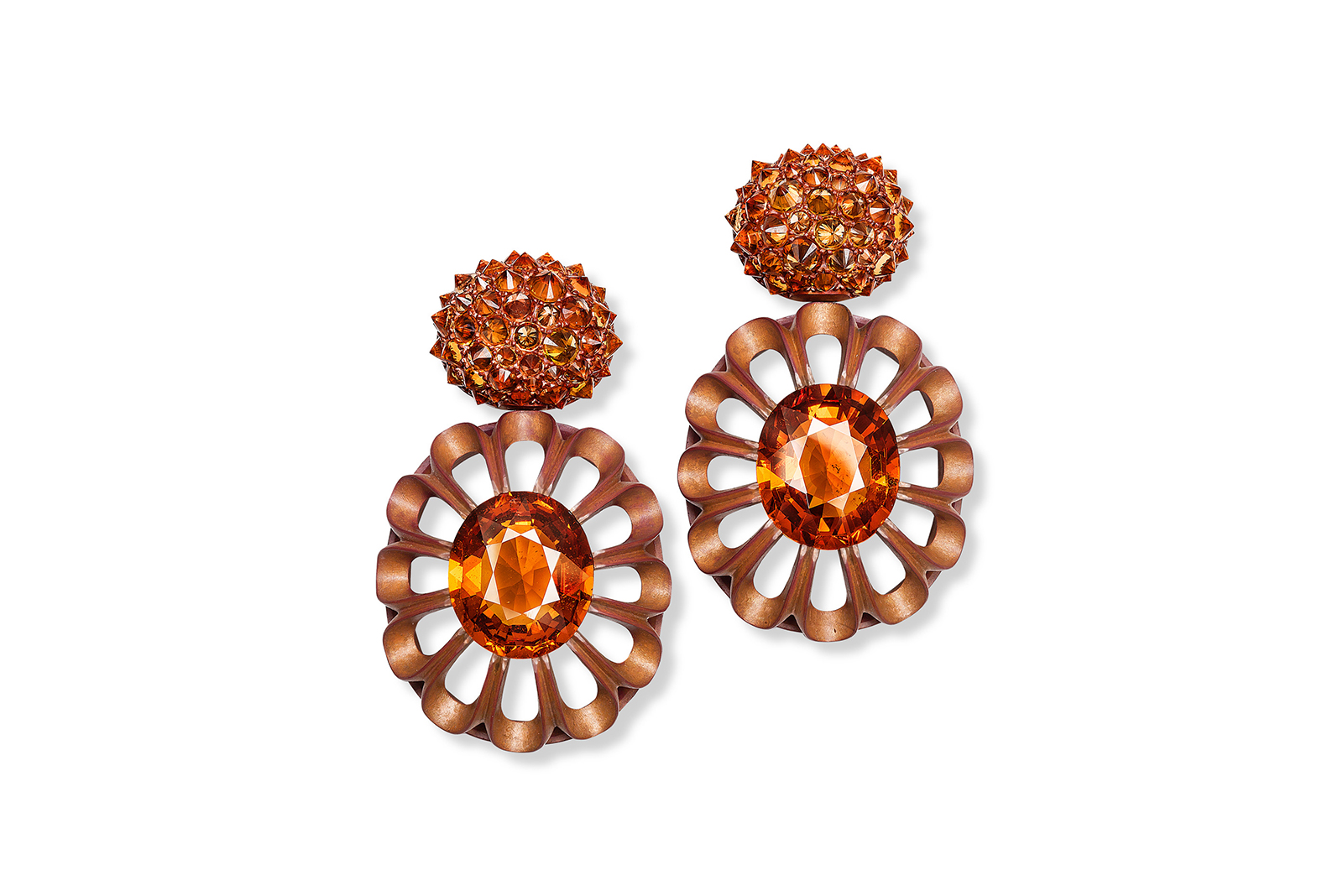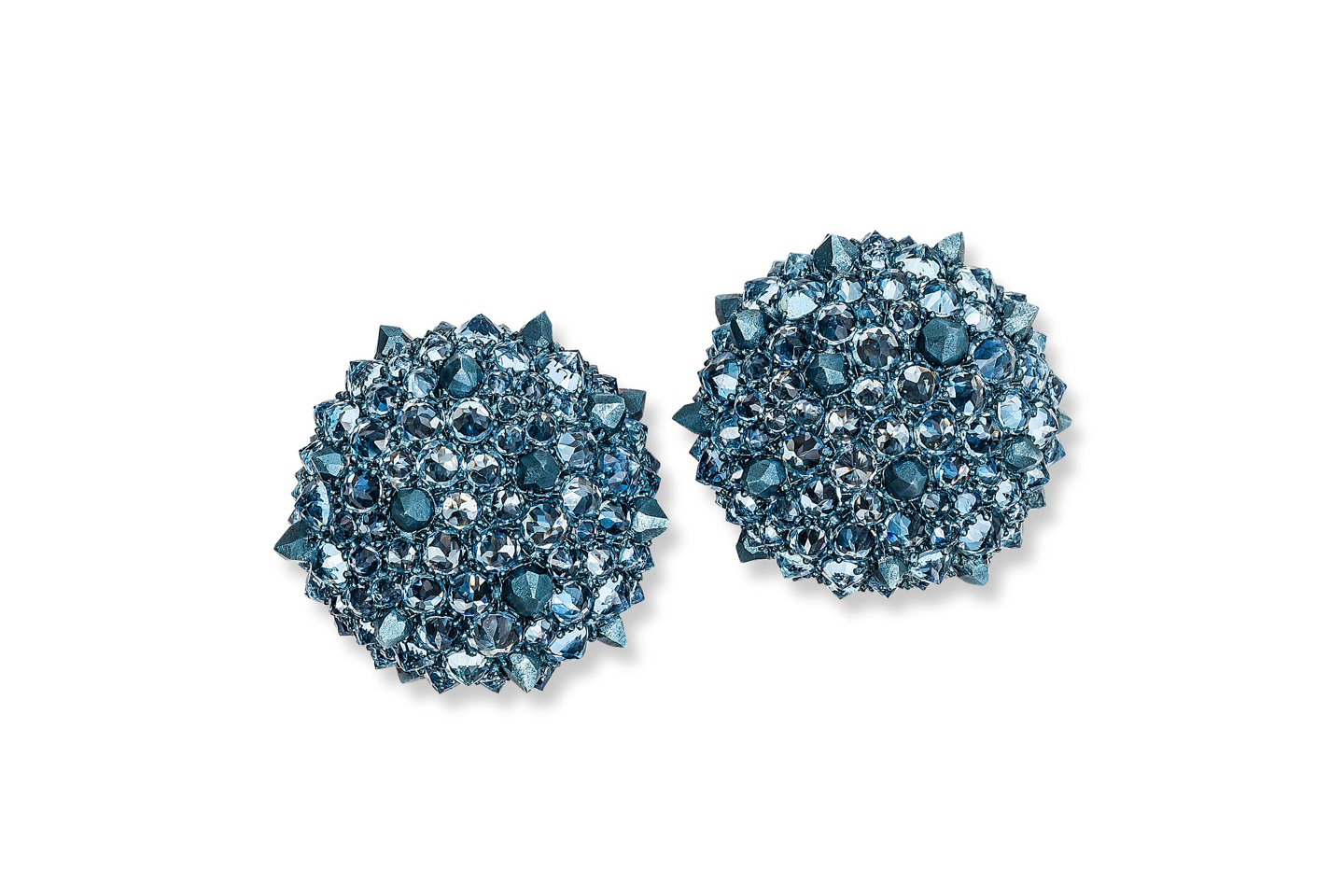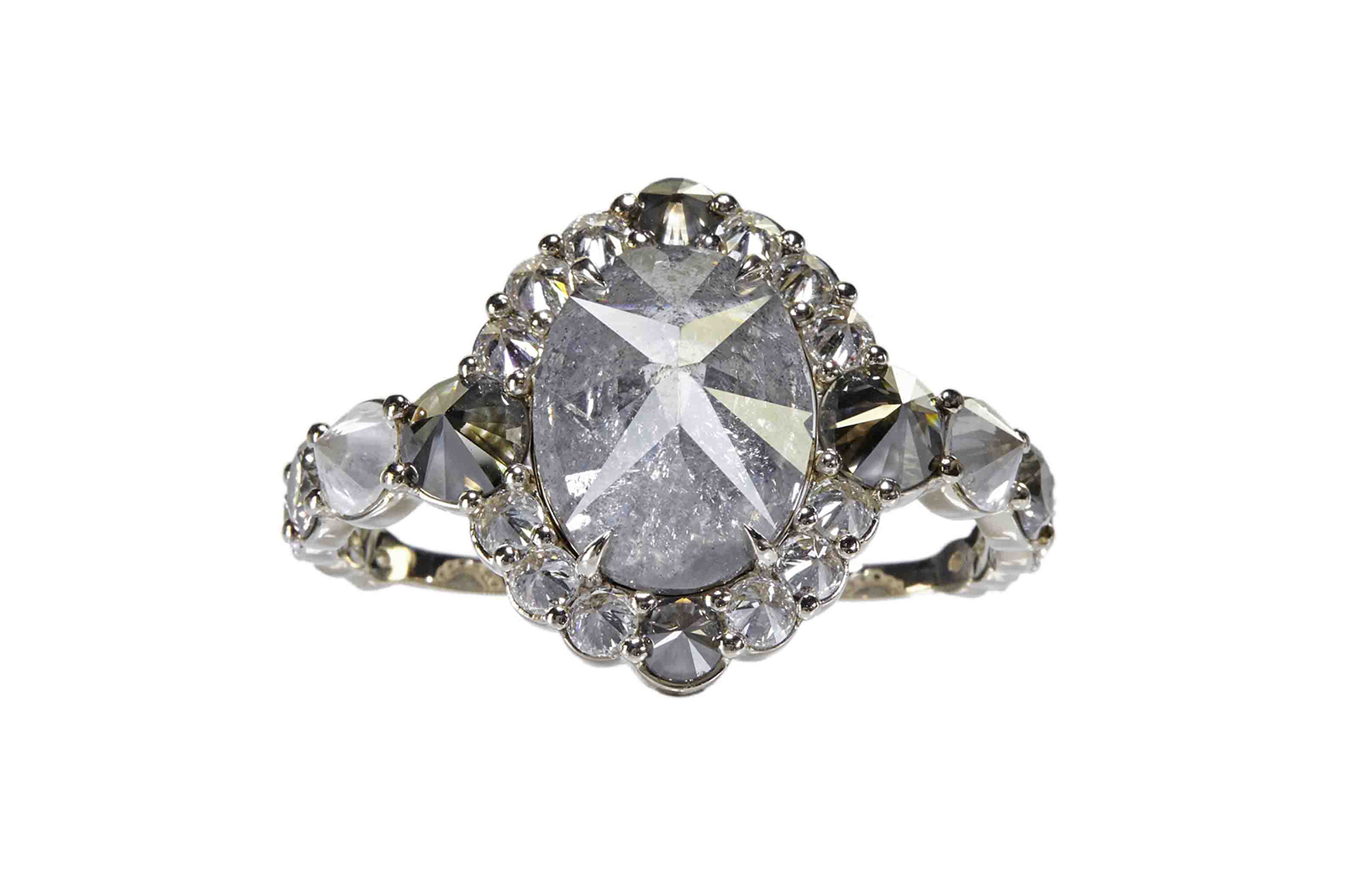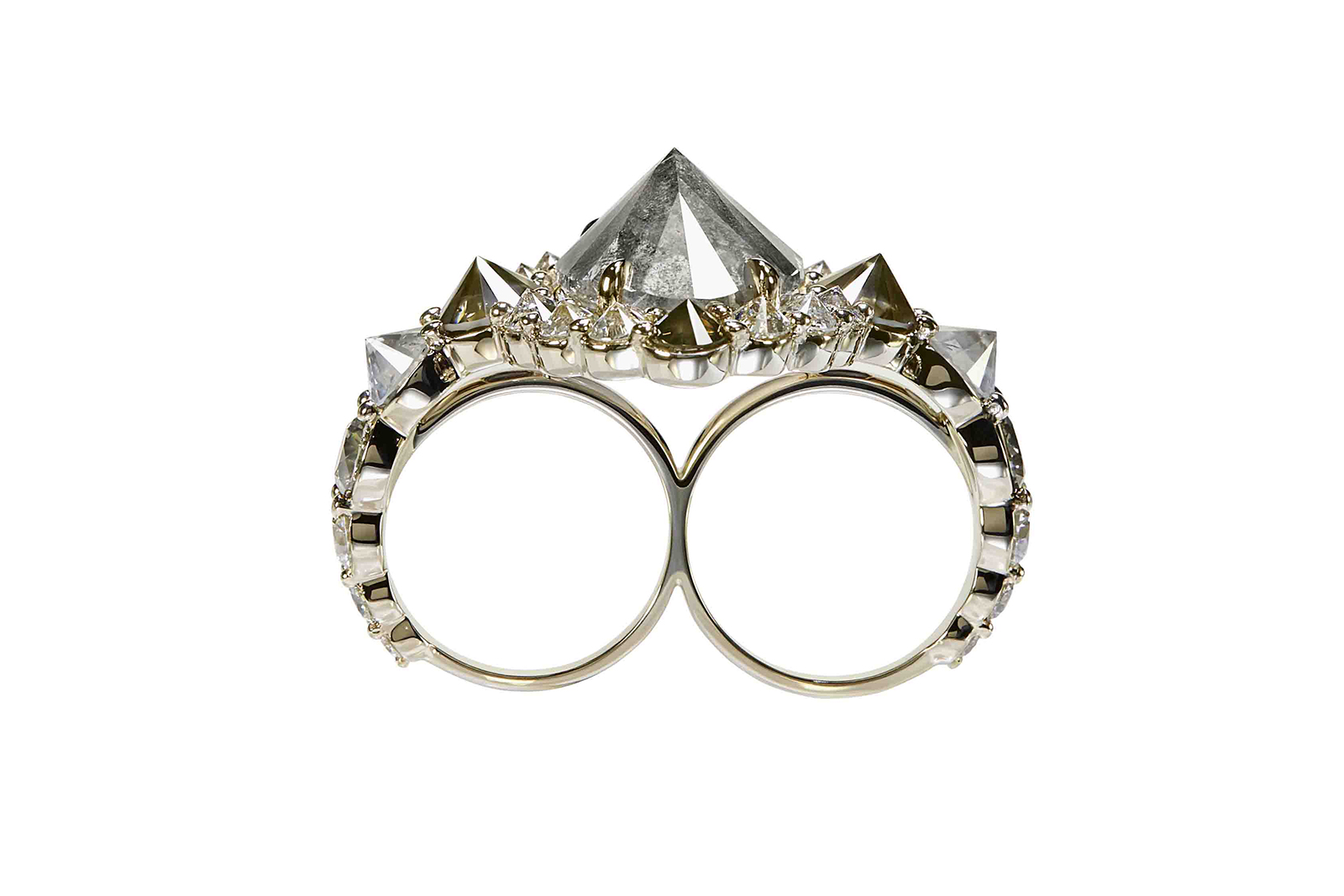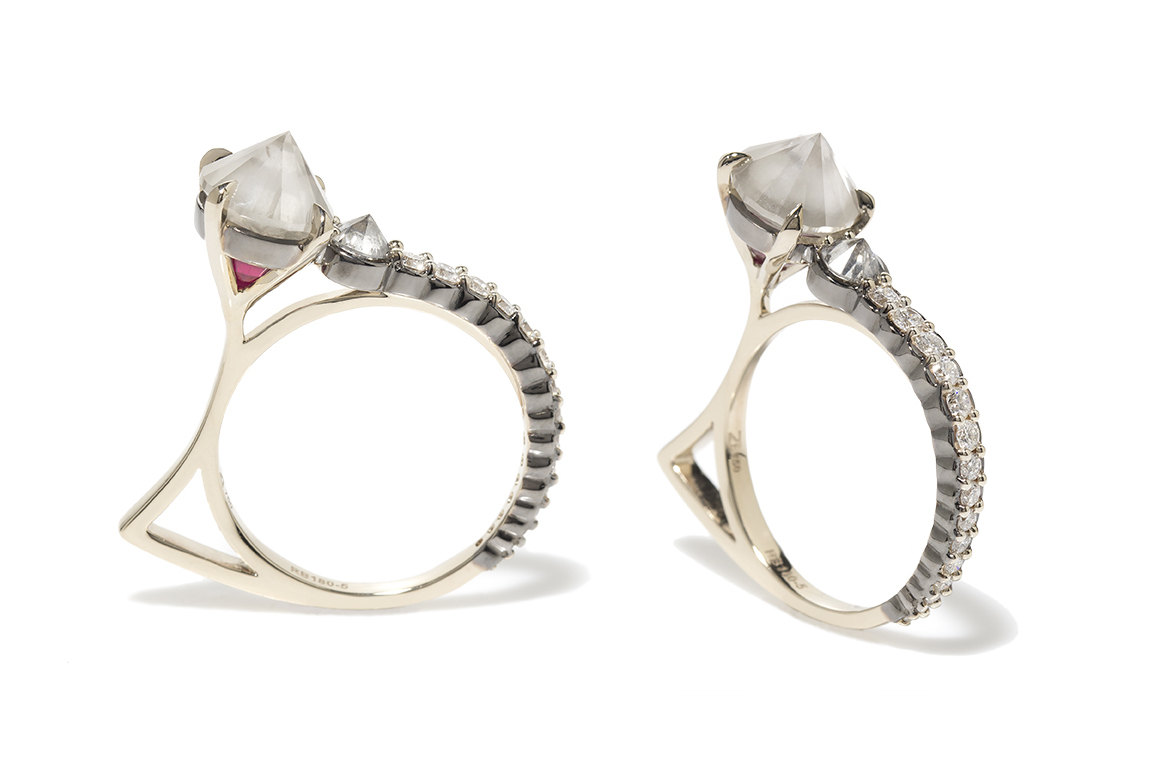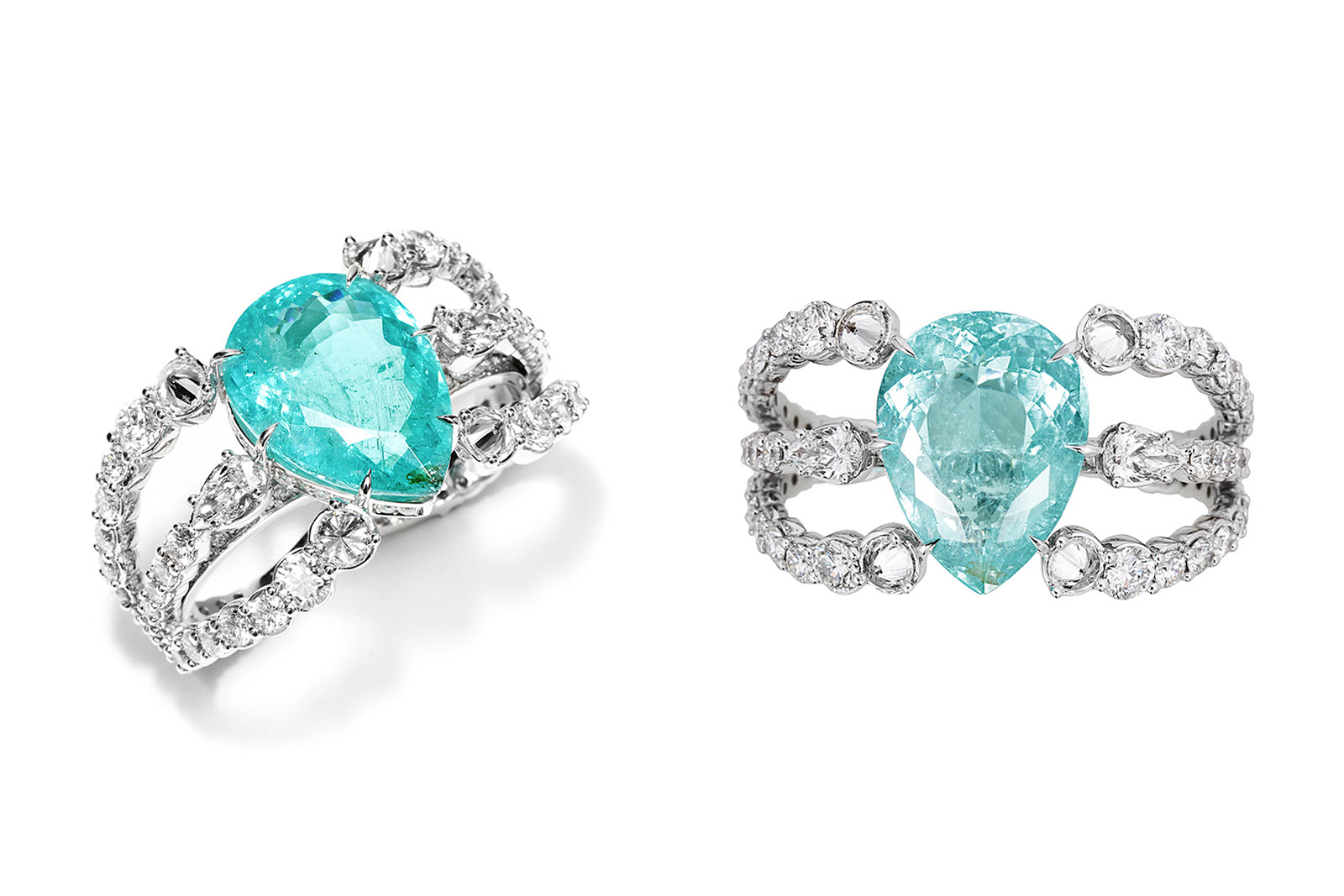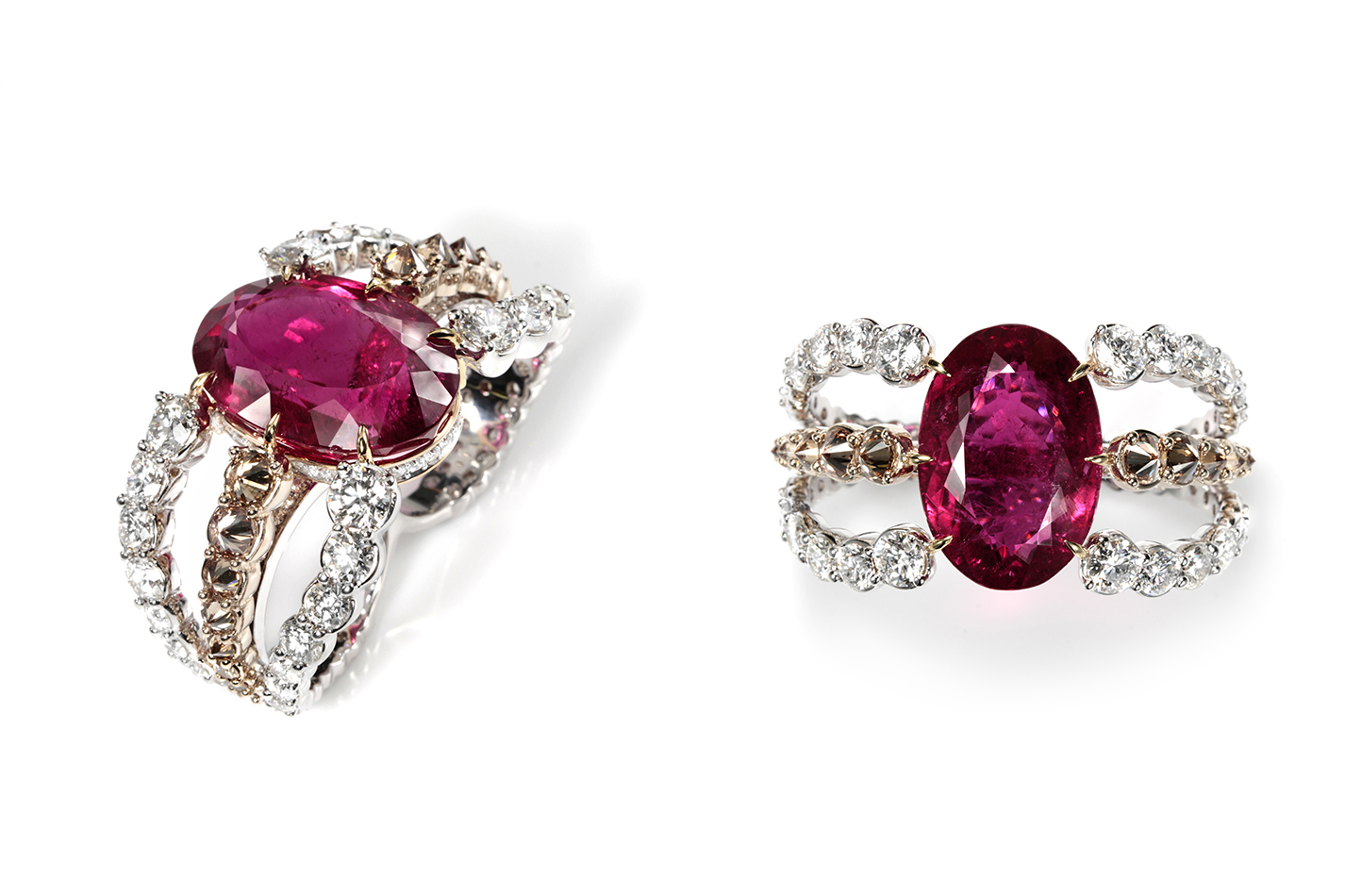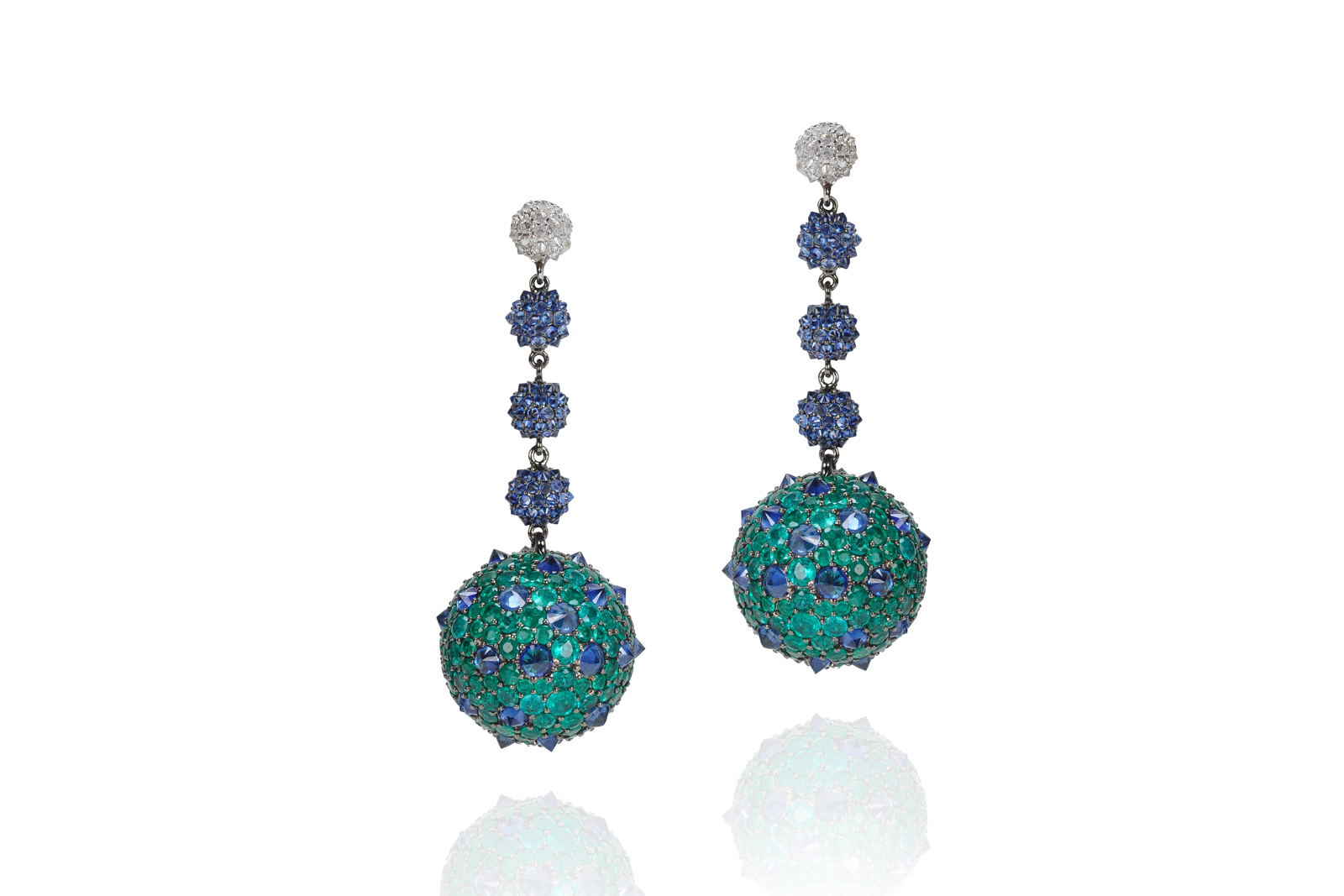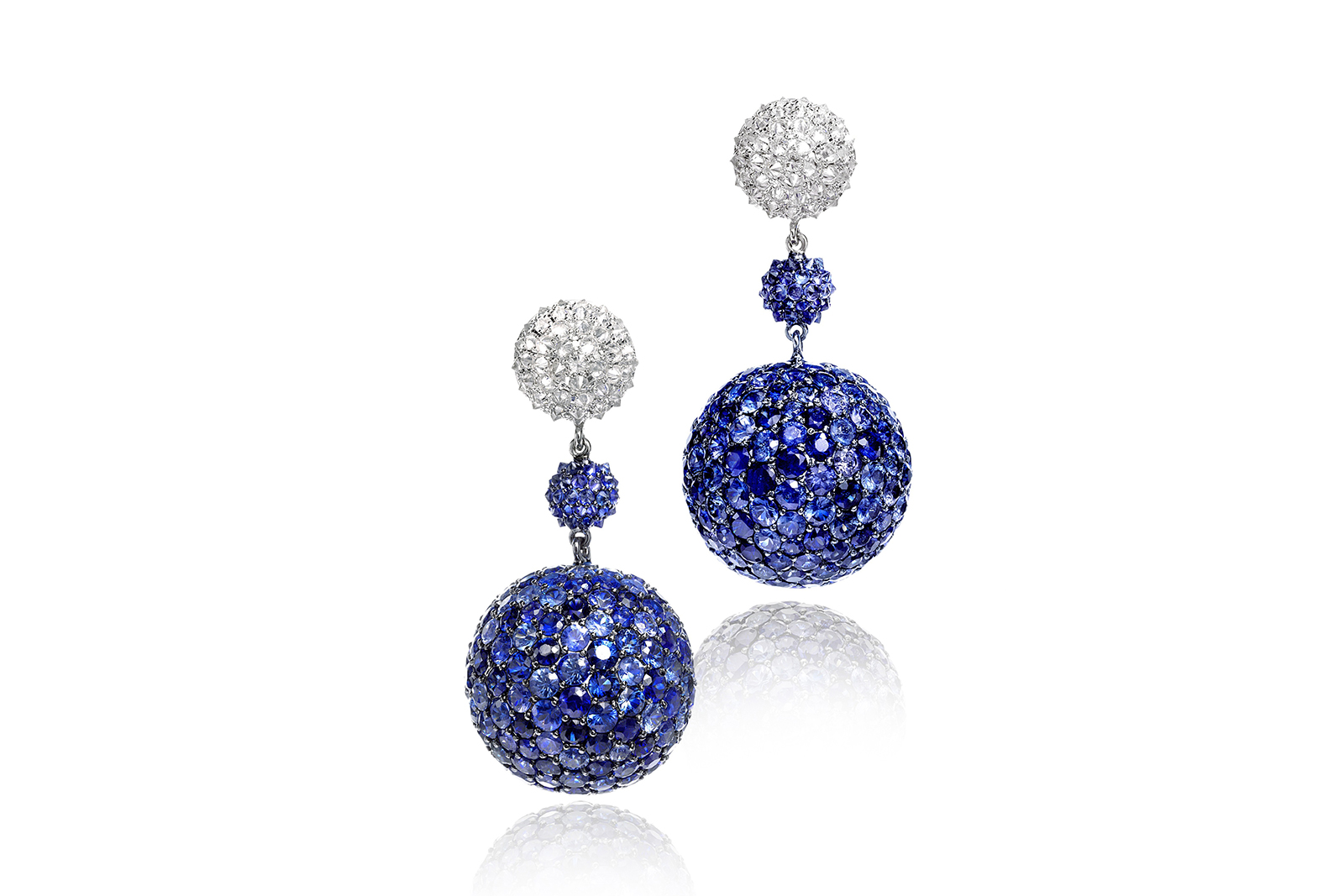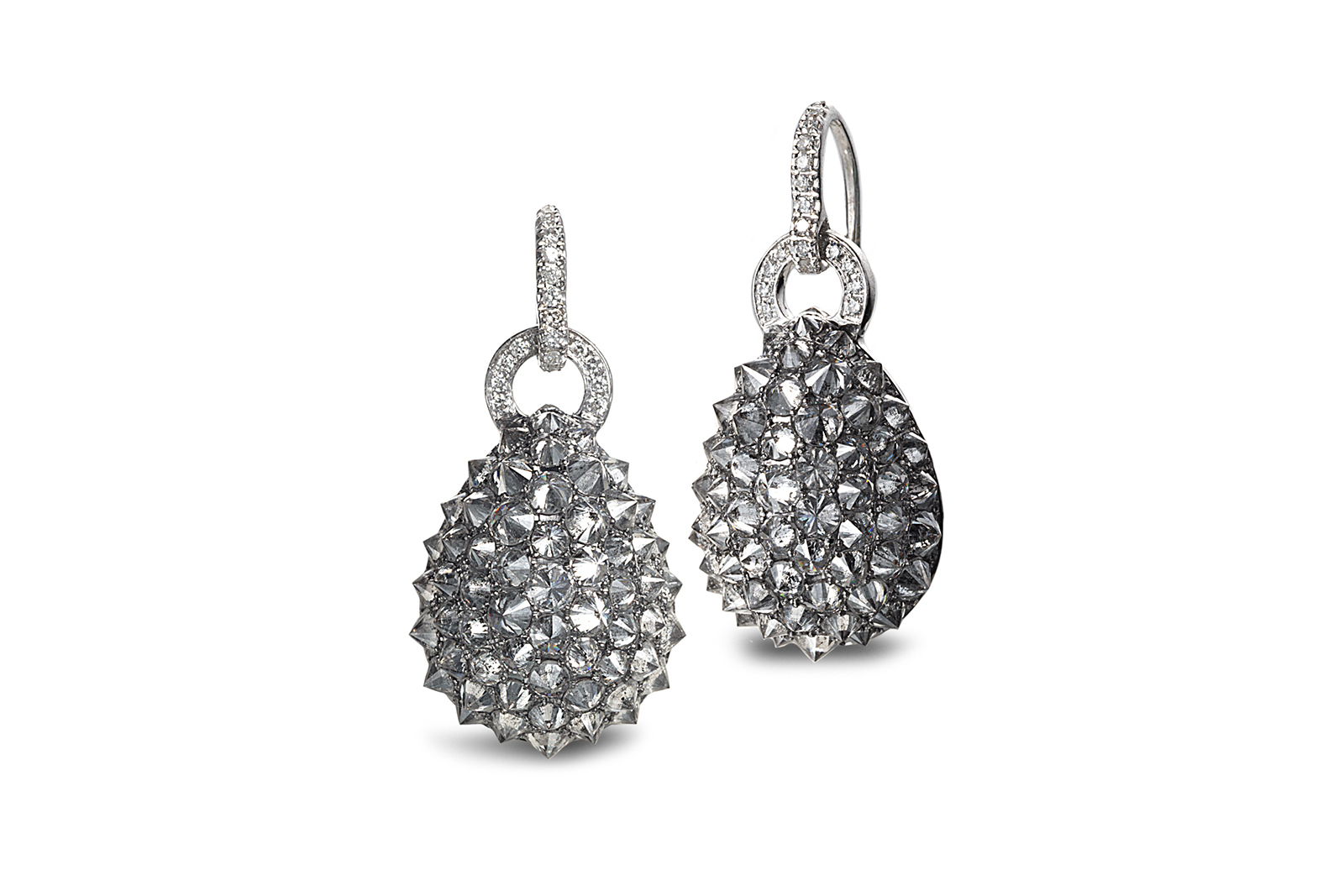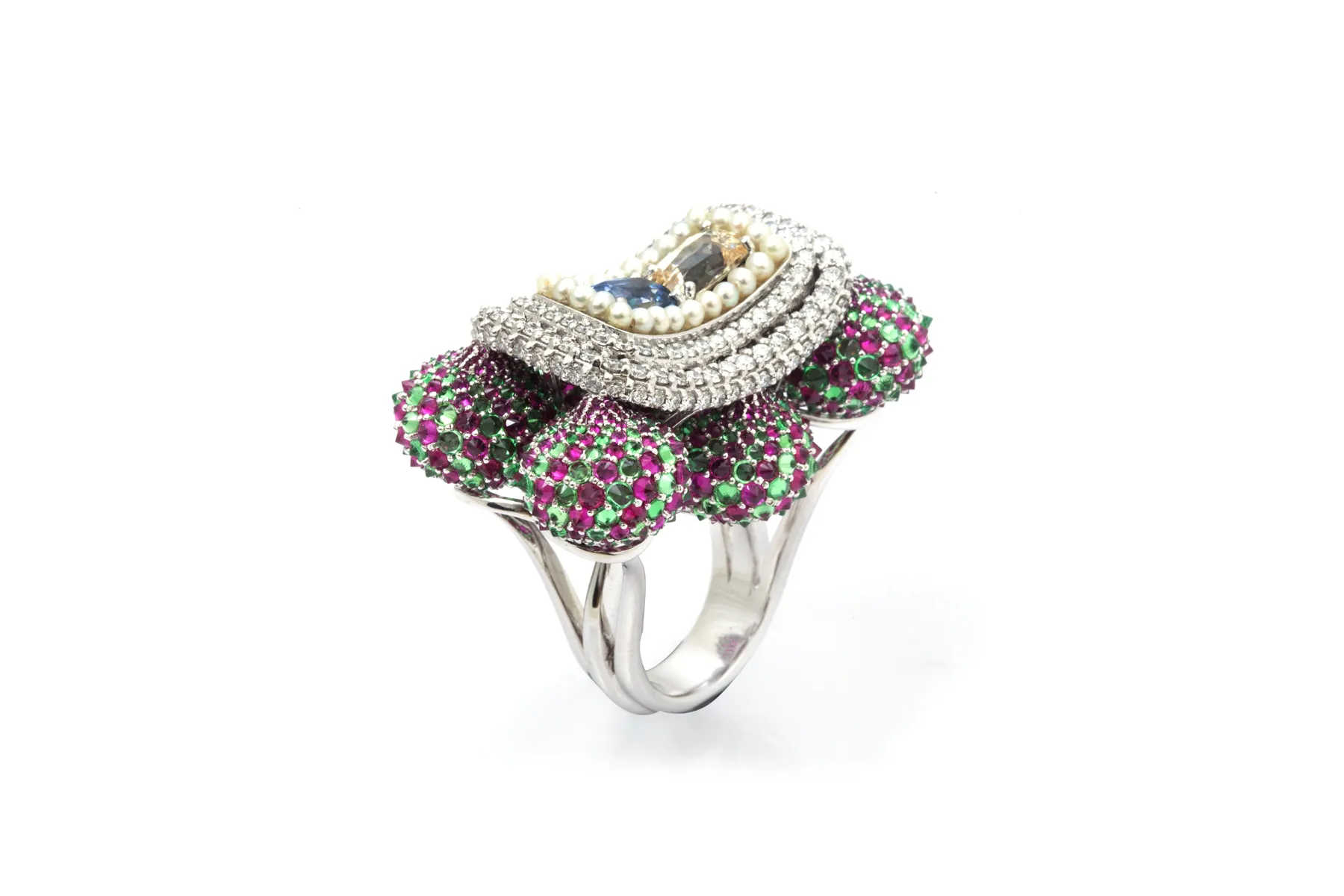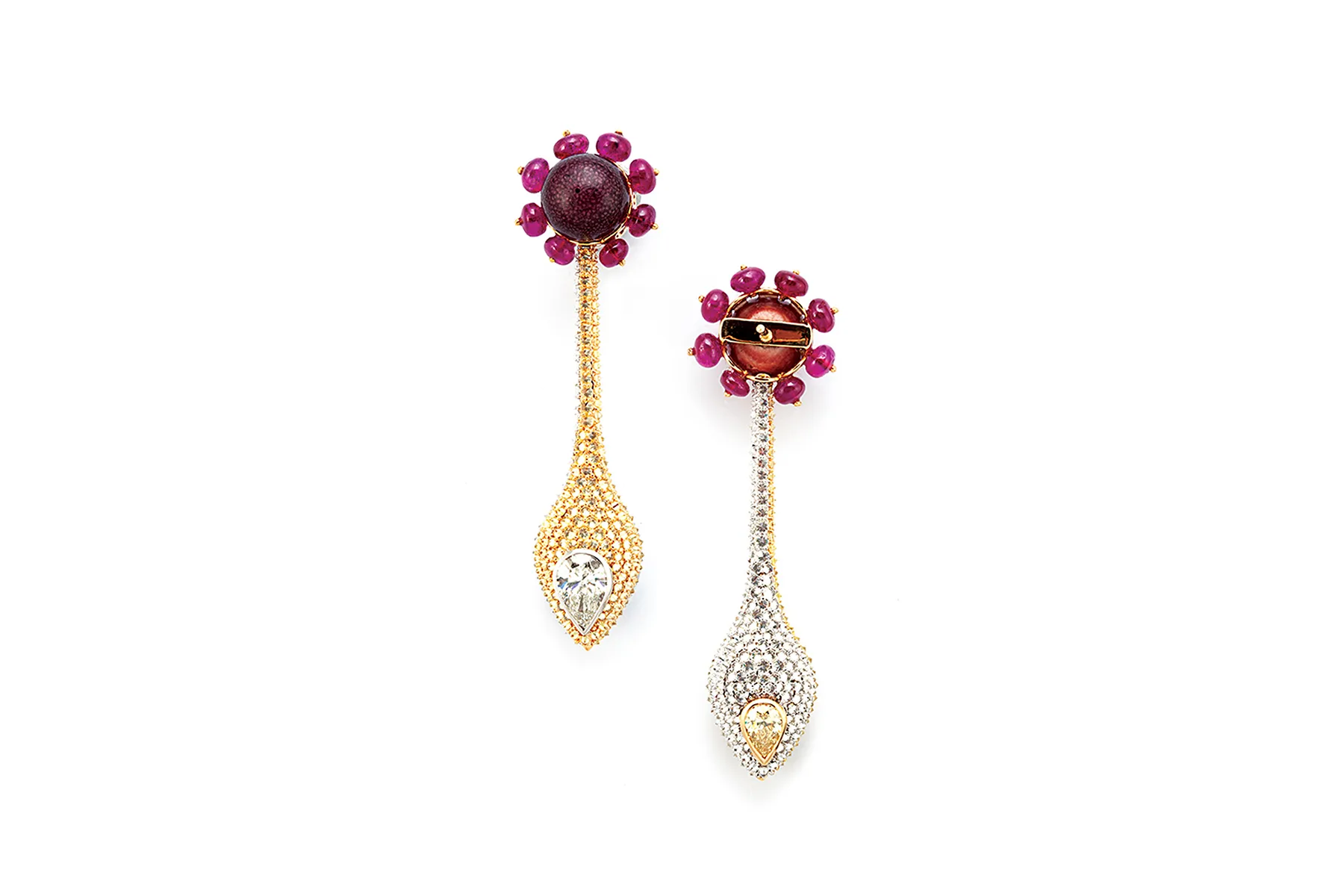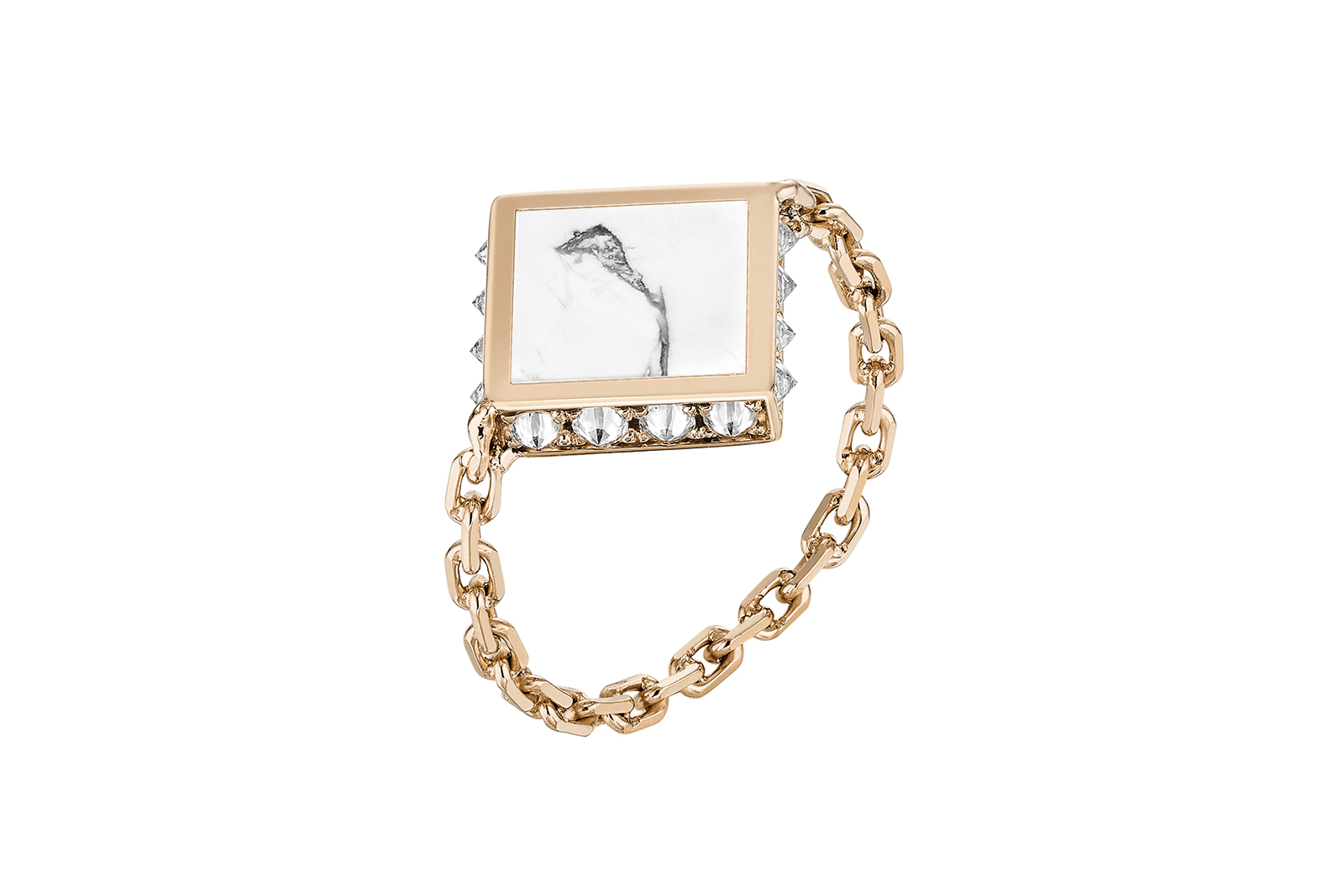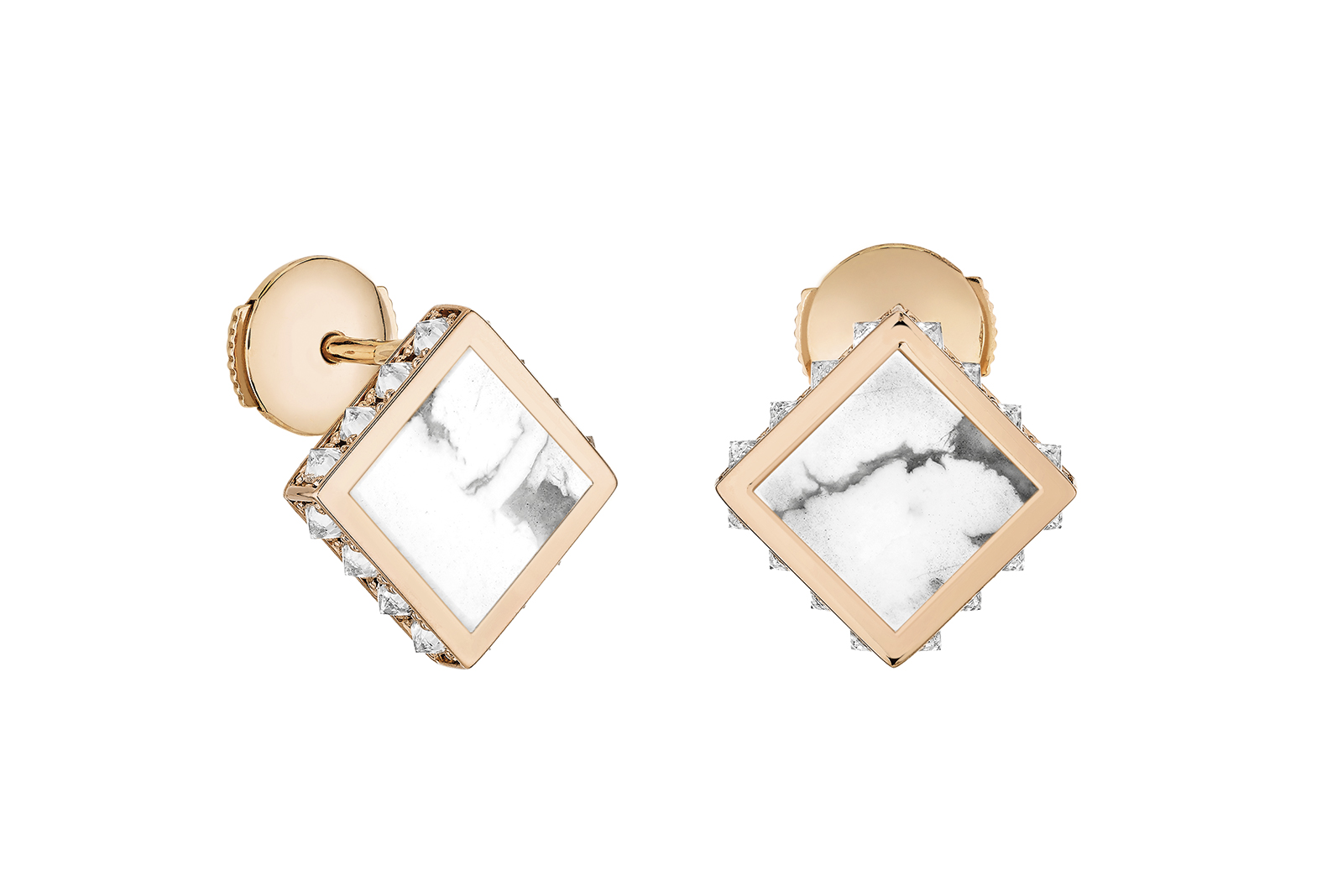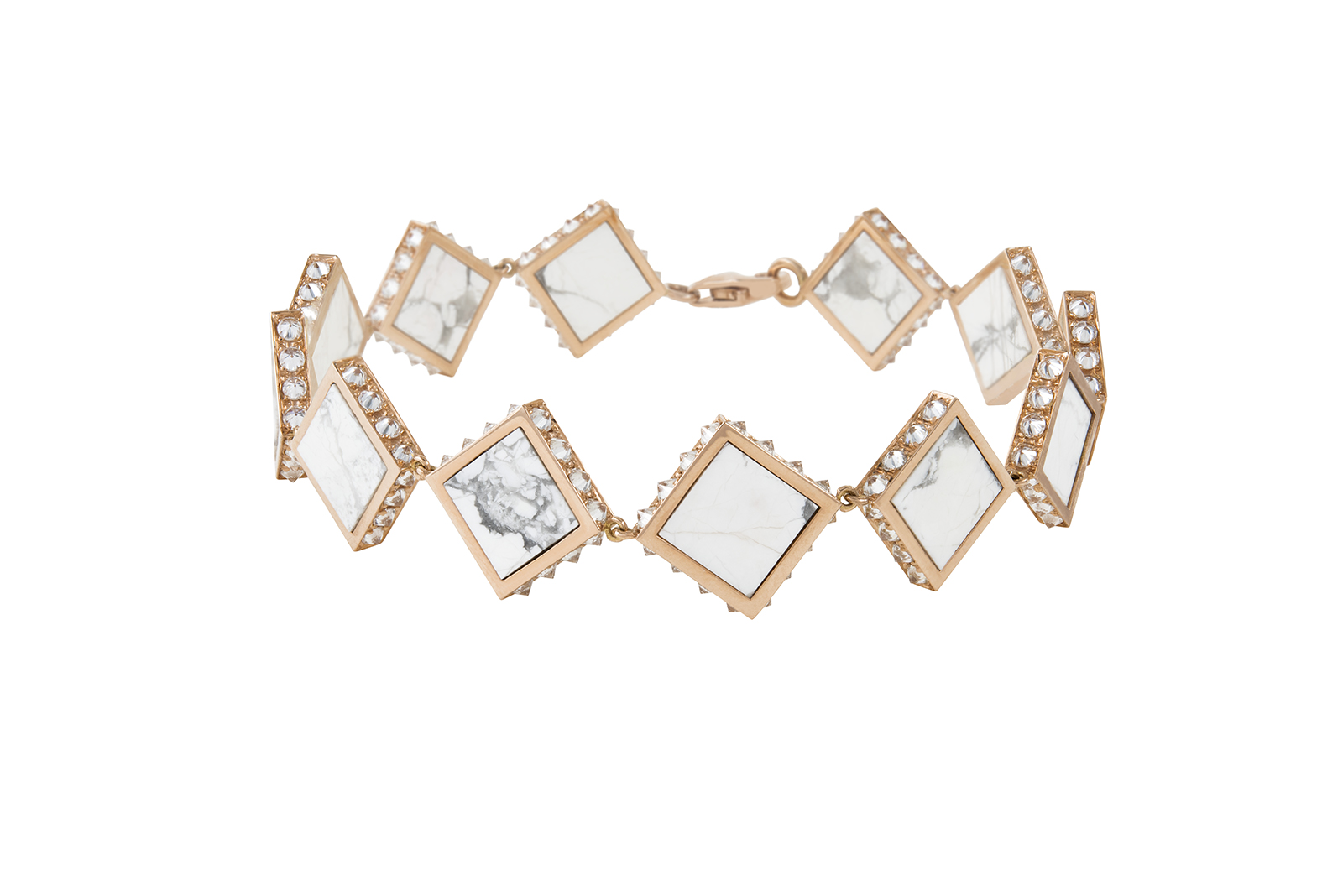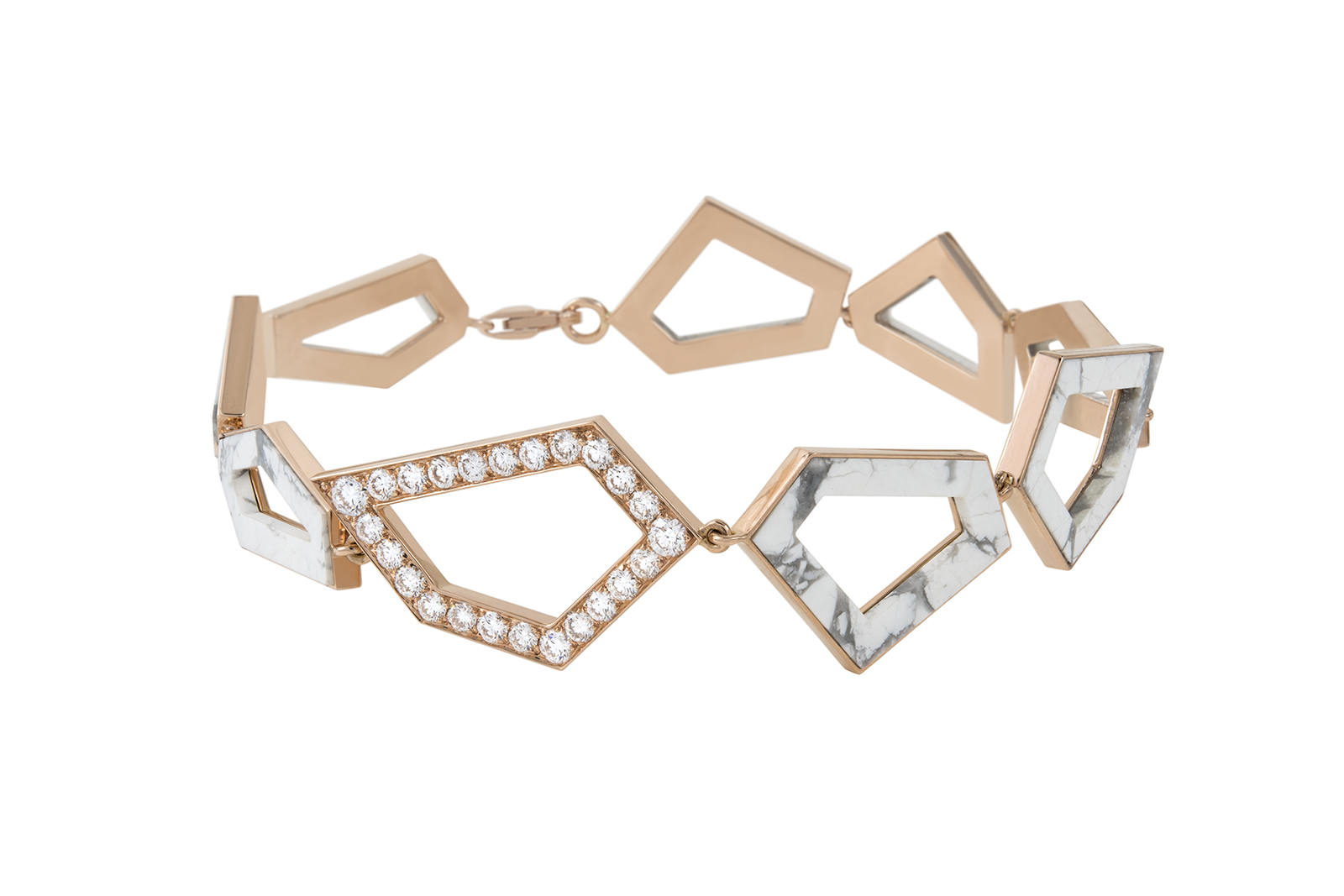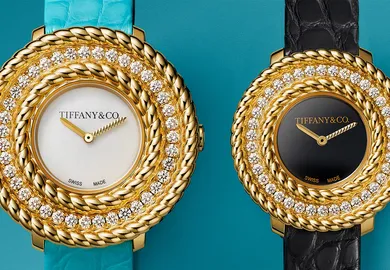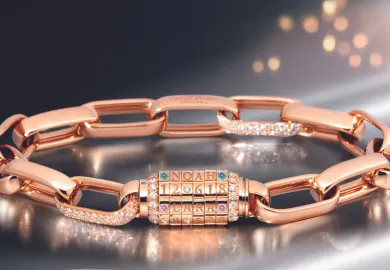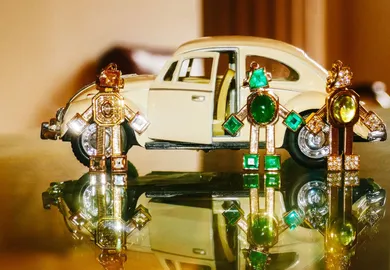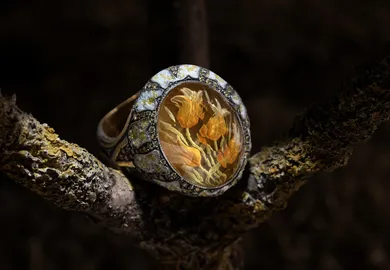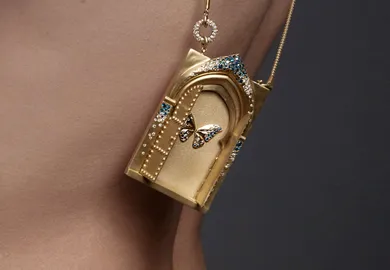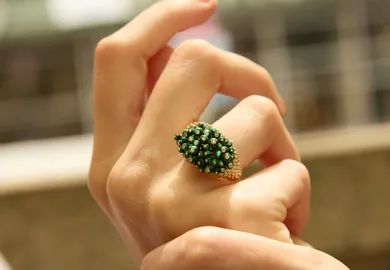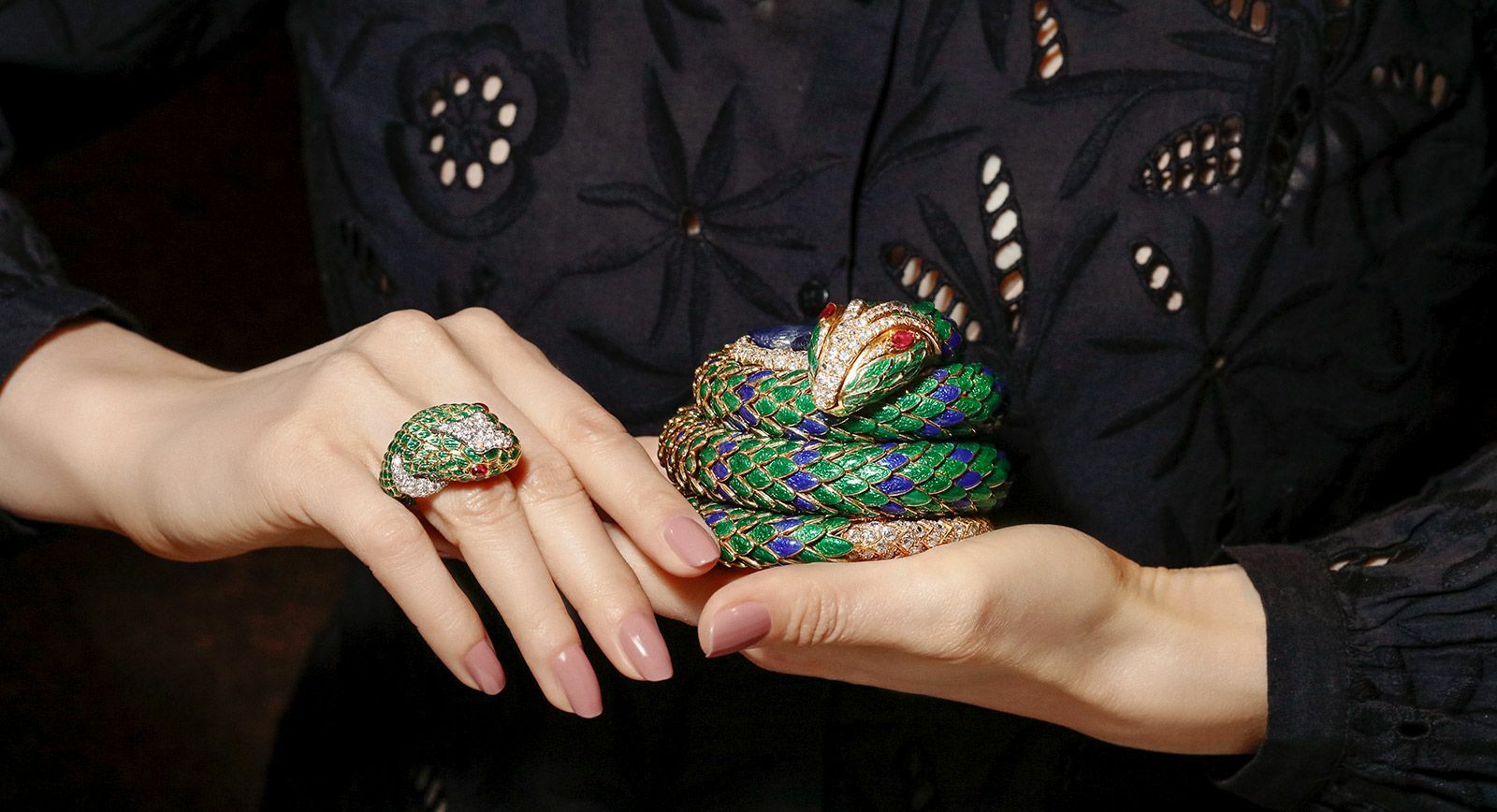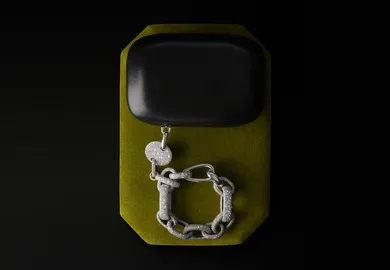
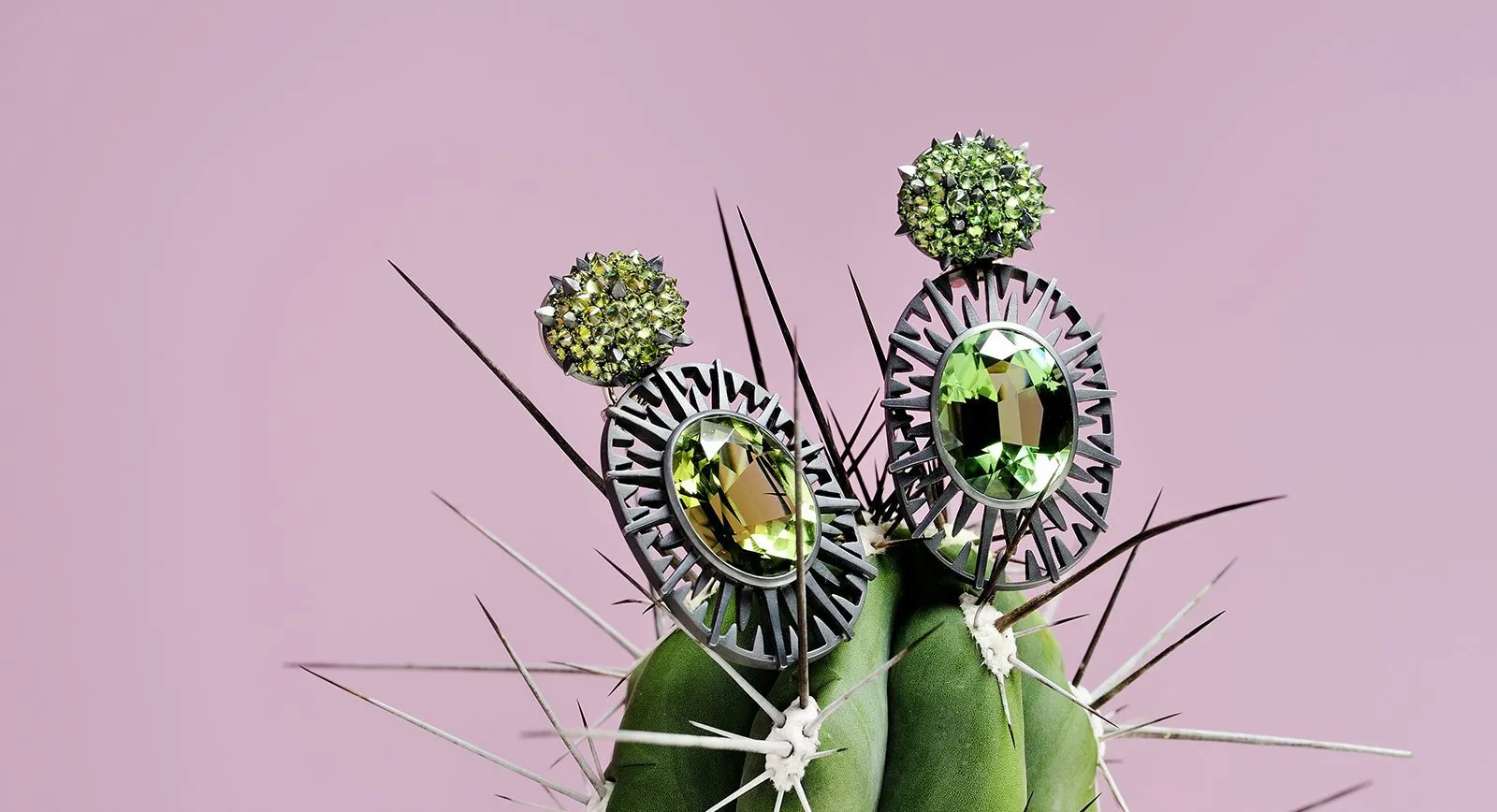
Know-How: Why Do Jewellers Set Gemstones Upside Down?
In every artistic discipline, there are traditionalist maestros with methodical practices and formal education, and there are rebellious types who think in their own revolutionary ways, who refuse to limit their potential by submitting to rules and regulations. And, of course, the latter exist in the world of jewellery art. Thanks to them, jewellery design is constantly developing, with the new techniques and forms regularly emerging. Recently, I was particularly intrigued by an alternative type of gem setting: the gemstone displayed with the culet facing outwards, creating the effect of a barbed surface.
One of the pioneers of this technique is the Hemmerle family, who are famed for their love of experimentation. First Stefan and Silveli, and then latterly their son Christian and his wife Yasmin all developed new methods for setting gemstones. Hemmerle is the first name which comes to mind for many jewellery lovers when discussing diamonds and gemstones set in reverse.
We have been setting stones in reverse pavé for around 15 years now. It started as an experiment that has continued for the contemporary feel and added textures the setting lends our pieces. It adds an unexpected depth as light is reflected from many different angles due to the increased exposed surface area. –Christian Hemmerle
In Hemmerle’s works, the craftsmen pay special attention to the colour palette and aesthetic texture of the creations, and Christian always strives to create a harmonious balance of tones and shades. He explains: “An added challenge of reverse setting is colour-matching the stones. As when they are viewed from the crown side up, the colour experience differs from when viewed from the pavilion and the brilliance becomes intensified, therefore the end result displays a more complex array of tones.”
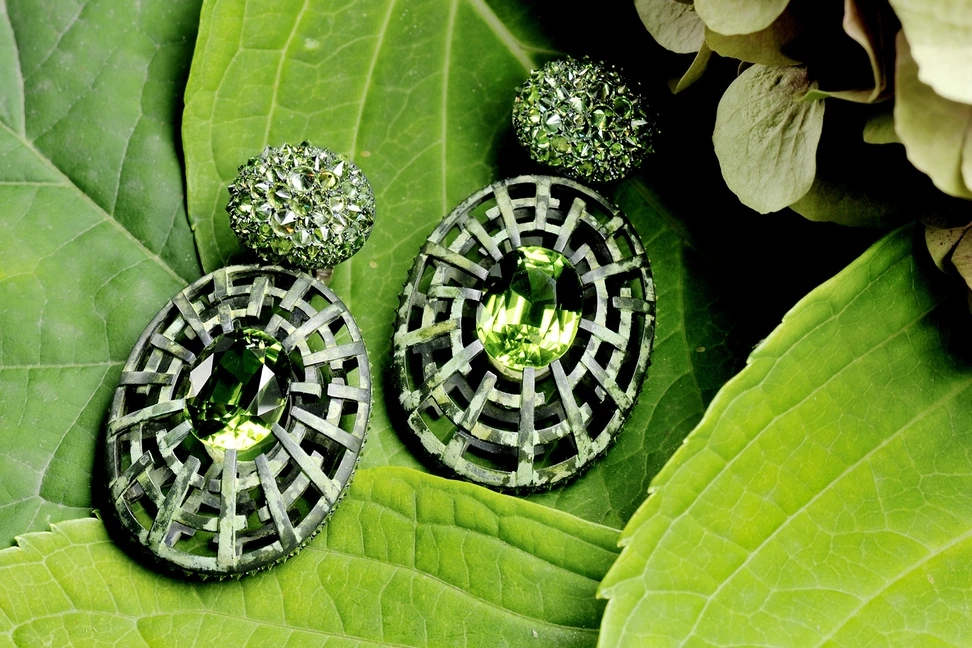
Hemmerle earrings with demantoids, peridots, white gold, silver courtesy of Hemmerle
So – when it comes to creating reverse-set gemstones – it is important to consider that the colour saturation and intensity of gems can differ depending on perspective: there is a clear distinction in colour which depends on whether gemstones are viewed from the table (the ‘top’) or from the culet (the ‘bottom.’) In the process of setting coloured gems, the jeweller creates a mosaic by gradually picking one stone at a time to add to the overall picture. In addition, the jeweller takes into account that some gems have a deeper cut and others less so, and therefore he needs to select the stones so that they do not protrude chaotically on the surface. “Each individual stone has to be selected and set with absolute accuracy in order to achieve the desired shape,” says Christian. As such, it is no surprise that creating ‘reverse pavé’ is a much more labour-intensive process than the traditional ‘pavé’ technique.
Another jeweller who often sets gemstones culet up is Ara Vartanian. Only – unlike Hemmerle – this technique is used in the brand’s two-finger ring, bracelet, and drop earring designs, exclusively featuring diamonds: pure black, cognac and colourless. “Аgainst all odds, and by following my instincts, I have been able to see beauty where others do not, so in my early days I started turning diamonds upside down. My most memorable creations come from this. I feel that the diamond is also beautiful with the dangerous tip pointing up, as it shows its unbreakable strength and keeps a lower centre of gravity. It’s just perfect to design with,” said Ara.
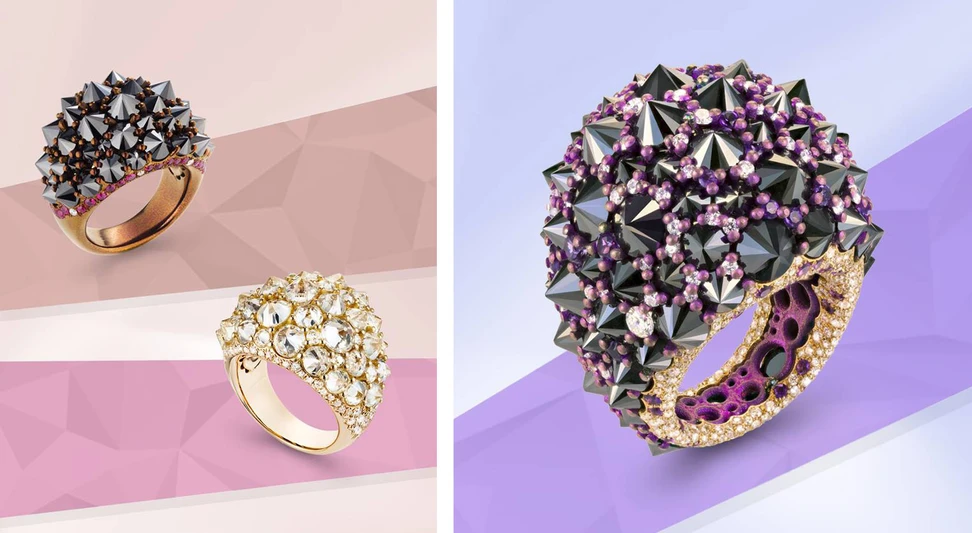
Mattioli ‘Rêve_r’ rings in titanium, with colourless and black diamonds, rubies, and rose gold with diamonds
The Italian brand Mattioli has dedicated a whole collection – ‘Rêve_r’ – to reverse pavé set stones. The founder and designer Licia Mattioli wanted to demonstrate the beauty of the inverse side of gemstones – which are so often hidden in the metal setting – to reveal that what is traditionally considered the underside of the jewel is still beautiful. The collection includes hoop earrings and rings with tanzanites, amethysts, peridots, rhodolites and many other gems reverse set in gold and titanium, with the sharp culet creating the impression of a prickled texture.
The trend of creating a contemporary ‘spiky’ surface through inverse setting gemstones has been reflected in the works of designers from various countries worldwide; from Nam Cho in the USA to NUUN in the Middle East and D’Joya in India. However, it’s highly likely that jewellery featuring this design element will always be considered niche – not every jeweller is prepared to invest the time required to create pieces of jewellery art using this particularly labour-intensive technique.

WORDS
Katerina Perez is a jewellery insider, journalist and brand consultant with more than 15 years’ experience in the jewellery sector. Paris-based, Katerina has worked as a freelance journalist and content editor since 2011, writing articles for international publications. To share her jewellery knowledge and expertise, Katerina founded this website and launched her @katerina_perez Instagram in 2013.
